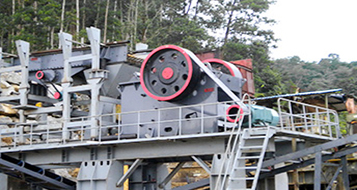A gold ball grinder plant (also known as a gold ore grinding plant) is a crucial component in gold processing operations. It involves grinding gold-bearing ore into fine particles to liberate the gold for further extraction. Below is an overview of how a ball mill grinding plant integrates into a gold processing plant:
—
Key Components of a Gold Ball Grinder Plant
1. Ball Mill (Grinding Mill)
– Primary equipment for grinding crushed gold ore into fine powder.
– Works on the principle of impact and attrition (steel balls inside the mill crush and grind the ore).
– Can be wet or dry grinding, but wet grinding is more common in gold plants.
2. Crusher (Primary & Secondary Crushing)
– Ore is first crushed by jaw crushers or cone crushers before being fed into the ball mill.
3. Classifier/Screen
– Ensures proper particle size distribution before and after grinding.
4. Cyclone & Thickener
– Separates fine particles from slurry before leaching or flotation.
5. Gold Recovery System (CIL/CIP/Flotation)
– After grinding, the slurry goes to leaching (cyanidation) or flotation for gold recovery.
—
 Typical Gold Processing Flow with Ball Mill Grinding
Typical Gold Processing Flow with Ball Mill Grinding
1. Ore Preparation: Crushing → Screening → Stockpiling
2. Grinding: Ball mill grinds ore into fine slurry (~75 microns).
3. Classification: Cyclones separate oversize material for re-grinding.
4. Gold Extraction: Slurry moves to leaching (CIL/CIP) or flotation circuits.
5. Tailings Disposal: Waste material is sent to tailings storage.
—
Types of Ball Mills Used in Gold Plants
– Wet Grid Ball Mill – Most common for gold processing, uses water to form slurry.
– Dry Ball Mill – Less common, used when water scarcity is an issue.
– Overflow vs Grate Discharge Mills – Depends on required fineness and capacity.
– SAG Mill (Semi-Autogenous Grinding) – Sometimes used before ball milling for larger ore sizes.
—
.jpg) Advantages of Using a Ball Mill in Gold Processing
Advantages of Using a Ball Mill in Gold Processing
✔ High efficiency in grinding hard ores.
✔ Adjustable fineness by controlling mill speed & ball charge.
✔ Suitable for





Leave a Reply